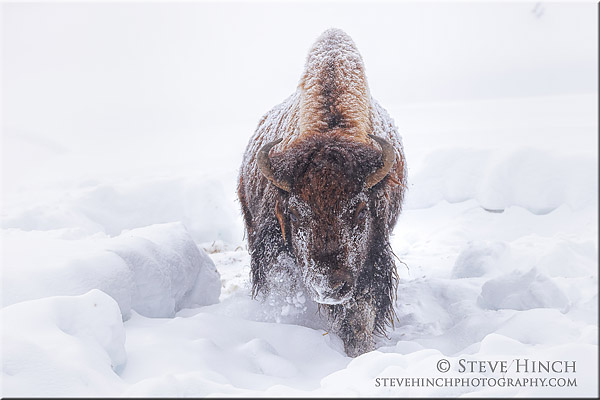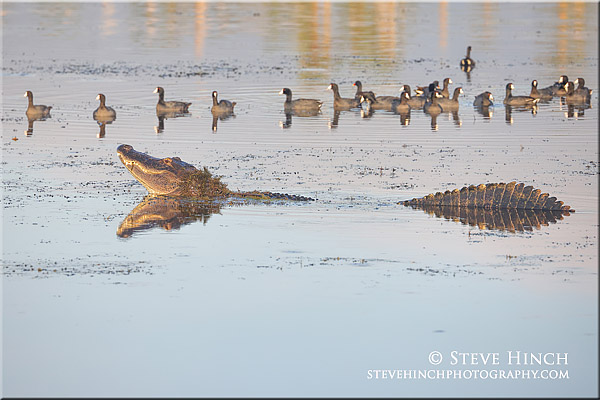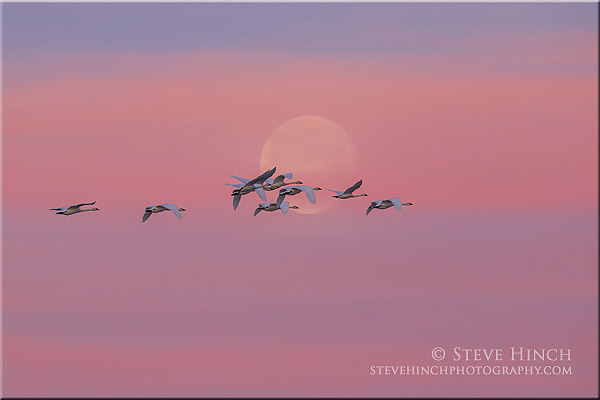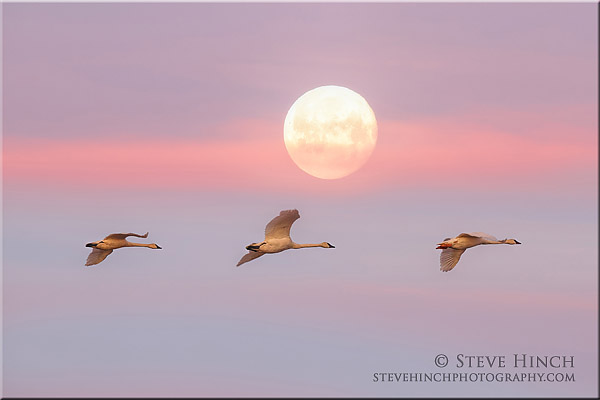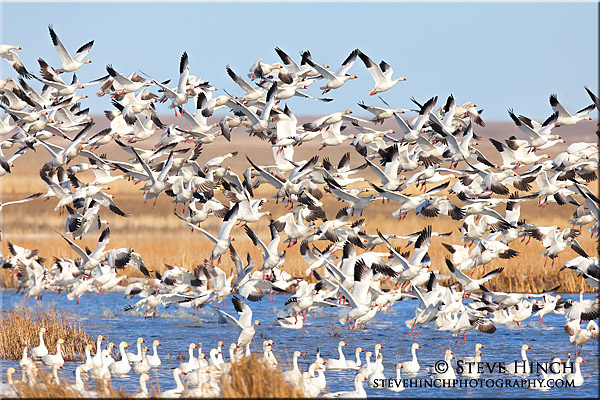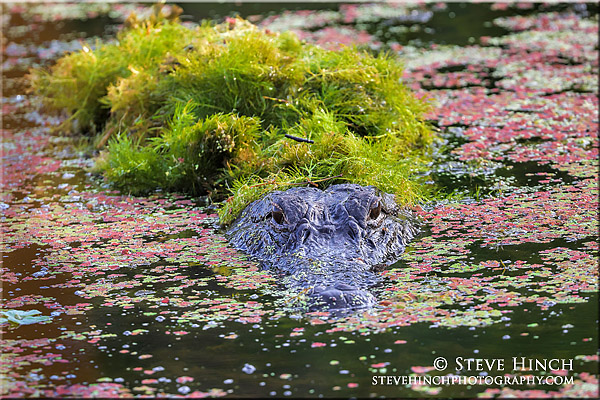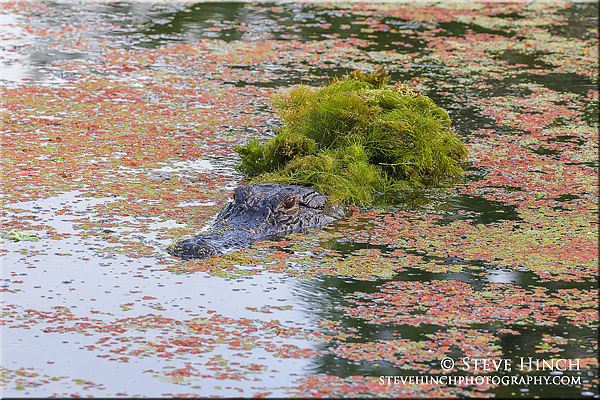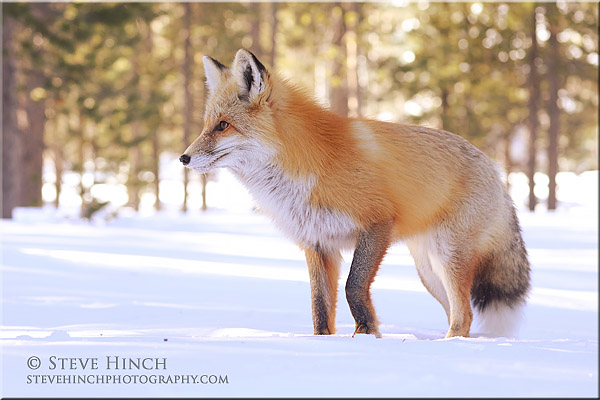
We’re finally having a nice stretch of weather but April has had a good amount of snowfall too. One the one hand, we certainly need the snowpack to hold up in the mountains well into summer as it’s a crucial source of moisture for the region into the warmer months. But on the hand, the lower elevations certainly could use some greening up. Much of Yellowstone that I’ve seen so far still has a foot or more of snowpack and where the snow has melted, green grass has yet to start coming in. There are some extremely skinny bison in the park and they desperately need green grass at this point. I think this fox’s apparent expression kind of sums up this past winter.


